Did you know that growing your own vegetables not only gives you control over what you eat but also helps reduce your carbon footprint? According to a study by the University of California, homegrown vegetables produce significantly fewer greenhouse gas emissions compared to commercially-grown produce. So, if you’re looking to make a positive impact on the environment, starting a vegetable garden is a great place to start.
Key Takeaways:
- Choosing the right vegetable seeds is crucial for a successful garden.
- Consider your plant hardiness zone and the sun exposure of your garden area.
- Start with easy-to-grow crops if you’re a beginner gardener.
- Check the seed age and choose fresh seeds for better germination rates.
- Consult local gardening experts for advice on varieties that thrive in your region.
Consider Your Plant Hardiness Zone
Before buying vegetable seeds, it’s important to know which seeds will thrive in your specific plant hardiness zone. You can easily find your zone using the USDA plant hardiness zone map online. Once you know your zone, consider the sun exposure of your garden area. For shady spots, choose seeds like carrots and lettuce, while sunny areas are perfect for tomatoes and peppers.
What is Plant Hardiness Zone?
The plant hardiness zone is a geographically defined area where a specific category of plant life is capable of growing according to its ability to withstand the minimum temperatures of the zone. It helps gardeners determine which plants are most likely to thrive in their region based on temperature extremes.
| Hardiness Zone | Minimum Temperature Range (°F) | Recommended Vegetable Seeds |
|---|---|---|
| Zones 1-3 | -50 to -30 | Broccoli, Cabbage, Cauliflower |
| Zone 4 | -30 to -20 | Carrots, Lettuce, Radishes |
| Zone 5 | -20 to -10 | Beans, Peas, Spinach |
| Zone 6 | -10 to 0 | Corn, Cucumbers, Zucchini |
| Zone 7 | 0 to 10 | Tomatoes, Peppers, Eggplant |
| Zone 8 | 10 to 20 | Okra, Sweet Potatoes, Watermelon |
| Zone 9 | 20 to 30 | Artichokes, Basil, Squash |
| Zone 10+ | Above 30 | Pineapples, Bananas, Mangos |
Remember, these recommendations are just a starting point. Climate, microclimates, and regional variations can all impact plant success. So it’s always a good idea to consult with local gardening experts or experienced growers to get personalized advice tailored to your specific location.
Choose Seeds Based on Gardening Experience
When it comes to selecting vegetable seeds, it’s crucial to consider your level of gardening experience. Starting with the right crops can make a huge difference in your success and satisfaction as a gardener. As a beginner, I recommend choosing easy-to-grow crops that will build your confidence and yield quick results. Sunflowers, basil, and leaf lettuces are excellent options to start with.
Sunflowers are not only beautiful but also easy to grow. They require minimal care and can reach impressive heights, adding a striking element to your garden. Basil is another fantastic choice for beginners. It thrives in warm weather and adds a burst of flavor to your dishes. Whether you’re growing it for pesto or simply garnishing your pasta, basil is a versatile and rewarding herb. Leaf lettuces are perfect for those looking to enjoy fresh salads straight from their backyard. They grow quickly and can be harvested multiple times, providing a constant supply of crisp and flavorful greens.
Now, if you have some gardening experience under your belt, you can consider expanding your repertoire to more challenging crops. However, it’s important to note that certain vegetables, such as tomatoes and peppers, require more knowledge and care to thrive. These finicky crops might be better suited for gardeners with intermediate to advanced skills.
Remember, your gardening experience should guide your seed selection. By starting with easy-to-grow crops, you’ll build a strong foundation and gain the necessary confidence to take on more challenging varieties.
| Crop | Level of Difficulty |
|---|---|
| Sunflowers | Easy |
| Basil | Easy |
| Leaf lettuces | Easy |
| Tomatoes | Intermediate/Advanced |
| Peppers | Intermediate/Advanced |
Consider Seed Age
When it comes to buying vegetable seeds, seed age is a crucial factor to consider. Different seeds have varying lifespans, and using old or expired seeds can significantly affect their germination rates and overall performance in the garden. It’s important to always check the seed life and age indicated on the packet before making a purchase. Let me provide you with some examples:
Parsnips
Parsnip seeds typically have a short lifespan and should be purchased fresh each year for the best results. These seeds lose viability quickly, so it’s essential to ensure you have fresh parsnip seeds before planting.
Carrots
Similar to parsnips, carrot seeds also have a shorter lifespan. It’s recommended to buy fresh carrot seeds annually to ensure optimal germination and healthy carrot plants.
By being mindful of seed age, you can give your vegetable garden the best chance of success. Now, let’s take a look at a table that summarizes the seed age recommendations for popular vegetable seeds:
| Vegetable Seed | Recommended Seed Age |
|---|---|
| Parsnips | Fresh seeds each year |
| Carrots | Fresh seeds each year |
| Tomatoes | 1-4 years |
| Lettuce | 2-3 years |
| Peppers | 1-3 years |
Remember, it’s always best to purchase fresh seeds to maximize your chances of successful germination and robust plant growth. Now, let’s move on to the next section where we will discuss seeking advice from local experts.
Seek Local Expert Advice
Different varieties of vegetables thrive in different microclimates. To ensure the best fit for your area, it’s a good idea to consult local gardening experts. They can provide valuable insights and recommendations for seed varieties that grow well in your specific region. Here are a few ways to seek advice from local experts:
-
Local Master Gardeners’ club: Reach out to your local Master Gardeners’ club for guidance. These experts have extensive knowledge and experience in gardening and can offer tailored advice based on your specific needs.
-
Experienced neighbors: Connect with experienced gardeners in your neighborhood. They can share their expertise and provide recommendations based on their own successes and challenges in growing vegetables.
-
Old-timers at the hardware store: Don’t underestimate the wisdom of older gardeners. Strike up a conversation with the seasoned gardeners at your local hardware store. They often have valuable tips and tricks for successful gardening.
By seeking advice from local experts, you can tap into the collective wisdom of experienced gardeners who understand the unique climate and conditions of your area. Their insights will help you choose the right vegetable seeds for a thriving garden.
Take Your Time When Buying Seeds
When it comes to buying seeds for your garden, it’s important not to rush into the decision. Take the time to evaluate your existing seed inventory and assess what you truly need. By carefully considering your options, you can ensure that you select the best vegetable seeds for your gardening success.
Start by reading seed catalogs and circling interesting options. These catalogs provide valuable information about different seed varieties, their characteristics, and growing requirements. Take note of the vegetables that catch your eye and align with your garden’s specific requirements.
Remember, each seed packet is a treasure trove of information. It includes important details such as planting instructions, sun requirements, and days to maturity. Take the time to go through this valuable information to make an informed choice.
Consider your growing zone when choosing seeds. Different vegetables thrive in different regions, so it’s essential to select seeds that are suitable for your climate. This ensures that your plants have the best chance of flourishing and producing a bountiful harvest.
Additionally, take into account your personal preferences and the needs of your garden. Consider the types of vegetables you and your family enjoy eating, as well as any specific growing conditions or limitations you may have. By tailoring your seed selection to your preferences and garden’s requirements, you’ll set yourself up for success.
Taking the time to carefully choose your vegetable seeds will not only lead to a more fruitful garden but also an enjoyable gardening experience. So, don’t rush the process. Instead, take your time, do your research, and select the perfect seeds that will help you create the garden of your dreams.
Understand Different Types of Seeds
When shopping for vegetable seeds, it’s essential to understand the different types available. Each type of seed has its unique characteristics and considerations. Let’s explore the four main types of vegetable seeds: hybrid seeds, heirloom seeds, organic seeds, and GMO seeds.
Hybrid Seeds
Hybrid seeds are created by controlled crossbreeding of different varieties to produce plants with desired traits. These traits can include disease resistance, higher yield, or uniformity in size and shape. Hybrid seeds often result in vigorous and productive plants, making them a popular choice for many gardeners.
Heirloom Seeds
Heirloom seeds come from plants that have been Open-pollinated for generations, usually for at least 50 years. These seeds are valuable for preserving traditional plant varieties and their unique flavors. Heirloom plants may offer diversity in color, flavor, or adaptability to specific regions. Gardeners who prioritize biodiversity and heritage often choose heirloom seeds.
Organic Seeds
Organic seeds are sourced from plants that have been grown without the use of synthetic fertilizers, pesticides, or genetically modified organisms (GMOs). Certified organic seeds ensure that the plant’s growth and seed production have met specific organic standards. They are ideal for gardeners committed to environmentally friendly and sustainable practices.
GMO Seeds
Genetically Modified Organism (GMO) seeds have been altered through genetic engineering techniques. Scientists modify the genetic composition of the seeds to achieve specific traits, such as pest resistance, extended shelf life, or increased yield. GMO seeds can be controversial, with concerns about potential long-term effects on human health and the environment.
When selecting seeds for your vegetable garden, consider your preferences, gardening goals, and values. Hybrid seeds offer reliable performance, heirloom seeds preserve heritage, organic seeds promote sustainable practices, and GMO seeds provide specific traits. Choose the type of seed that aligns with your gardening practices and suits your desired outcomes.
Common Seed Starting Mistakes to Avoid
Properly starting seeds is essential for a successful garden. Avoiding common seed starting mistakes can greatly improve germination rates and overall plant health. Here are some key mistakes to steer clear of:
1. Not reading planting instructions
“I just assumed I knew how to plant the seeds, but they didn’t sprout,” shared Mary, an experienced gardener. “Always take the time to read and follow the planting instructions on the seed packets.”
Each vegetable seed variety has specific requirements for planting depth, spacing, and timing. By carefully reading and following the instructions, you can set your seeds up for success.
2. Not providing enough or too much water
“I ended up overwatering my seedlings, and they developed root rot,” admitted David, a novice gardener. “It’s important to find the right balance.”
Seedlings need consistent moisture to germinate and grow. However, overwatering can lead to fungal diseases and poor root development. On the other hand, lack of water can cause seeds to fail to germinate. Water your seeds regularly, keeping the soil moist but not waterlogged.
3. Neglecting airflow
“I didn’t realize that lack of airflow can create a damp environment, promoting fungal growth,” explained Susan, an experienced gardener.
Good airflow is crucial for healthy seedlings. Stagnant air can result in fungal diseases and weak growth. Place a small fan near your seedlings to promote air circulation or open a window if the weather permits.
4. Not providing enough light
“I kept my seedlings in a dim corner of my house, and they became tall and leggy,” shared Lisa, an intermediate gardener.
Seedlings require ample light to develop strong stems and vibrant leaves. Insufficient light can lead to weak growth and spindly stems. Place your seedlings near a bright window or provide supplemental lighting with grow lights.
5. Forgetting to pot up seedlings
“I left my seedlings in their original small containers for too long, and they became root-bound,” revealed Michael, a novice gardener.
As seedlings grow, their roots need more space to expand. If left in small containers for too long, seedlings can become root-bound, hindering further growth. Transplant seedlings into larger pots or the garden when they outgrow their original containers.
By avoiding these common seed starting mistakes, you’ll give your vegetable seeds the best chance at success. Start your seeds with care, and enjoy a healthy and productive garden.
Conclusion
Growing your own vegetables from seeds is a gratifying journey that offers numerous benefits. By carefully considering factors such as your plant hardiness zone, gardening experience, and seed age, you can select the best vegetable seeds for your garden. Seeking advice from local experts can further enhance your chances of success.
Avoiding common seed starting mistakes, such as inadequate water or light, and following proper care instructions will significantly improve your gardening outcomes. With dedication and patience, you can enjoy a bountiful harvest of homegrown vegetables that are not only delicious but also bring a sense of pride and accomplishment.
So why wait? Start your vegetable garden today, and experience the joy of growing your own food. With the right vegetable seeds and proper care, your garden success will be a testament to your green thumb and love for nature’s bounty.

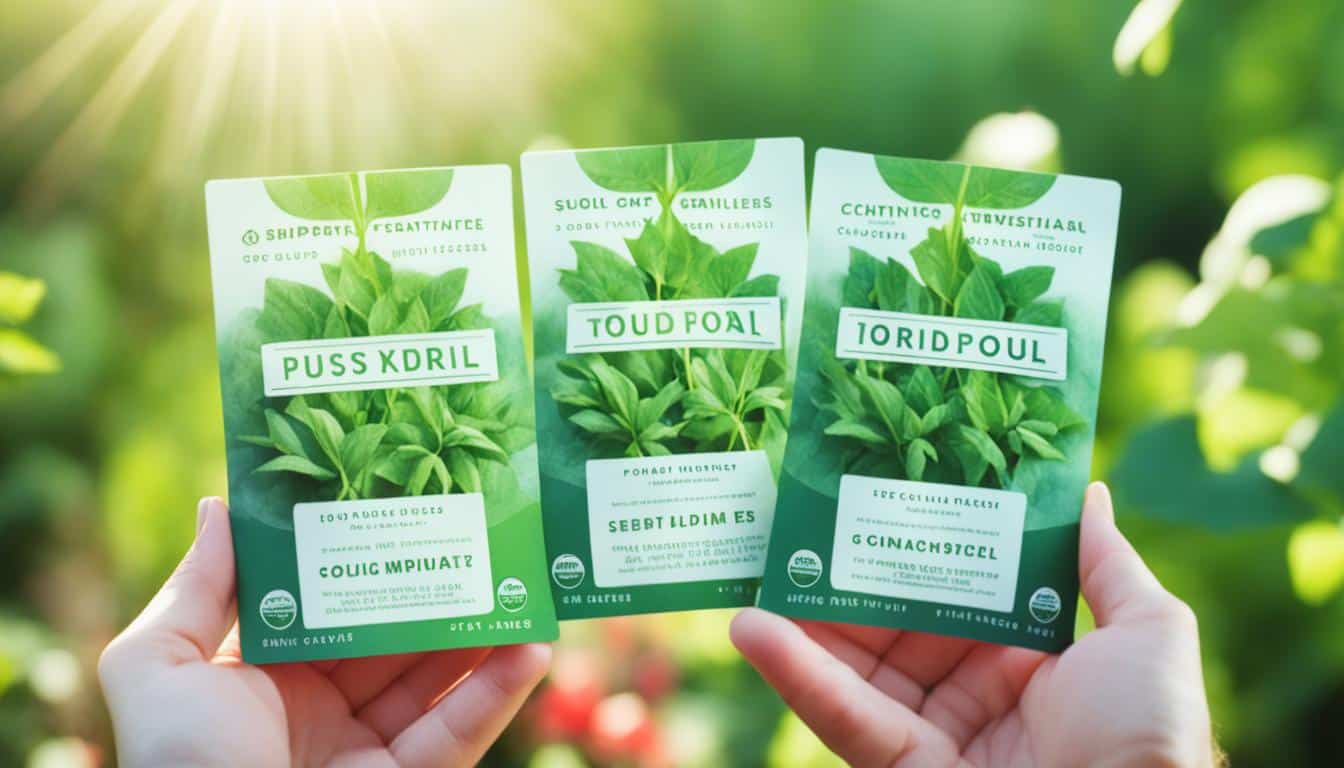
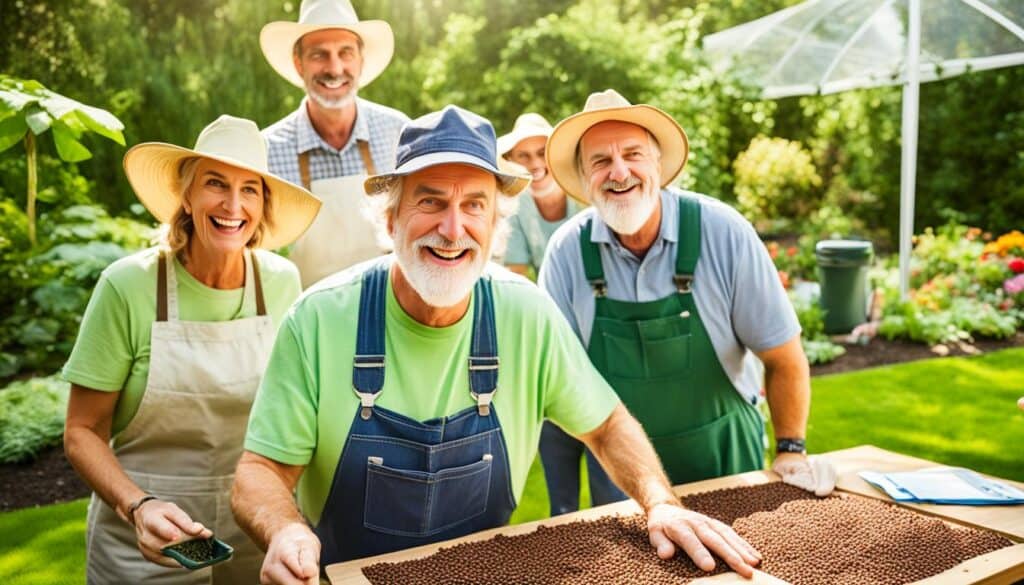
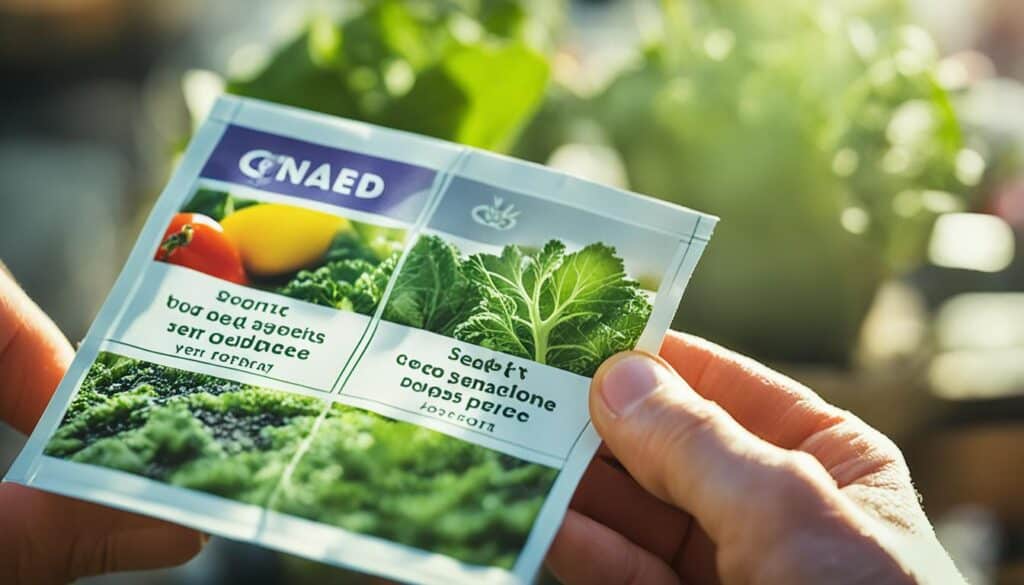
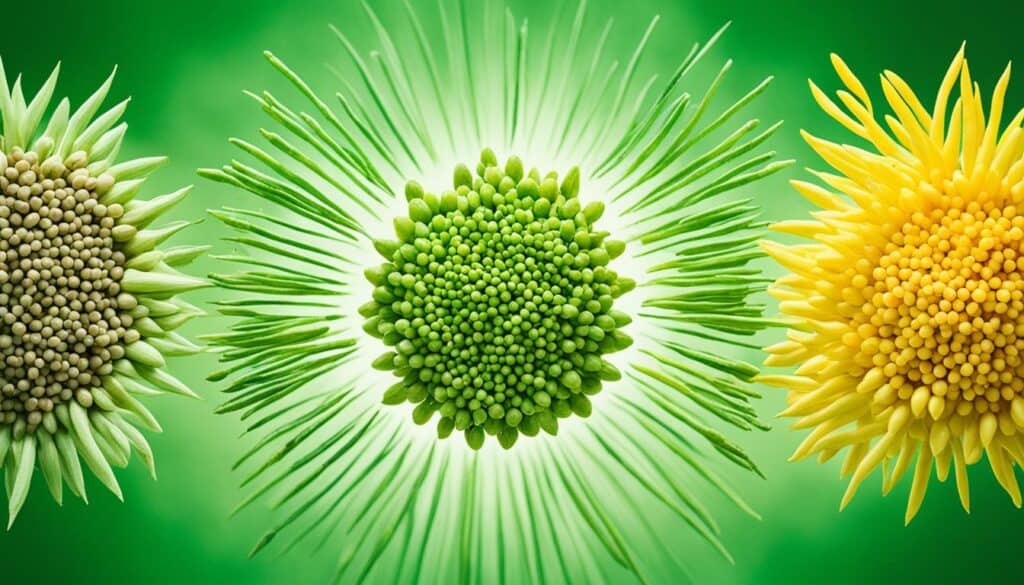
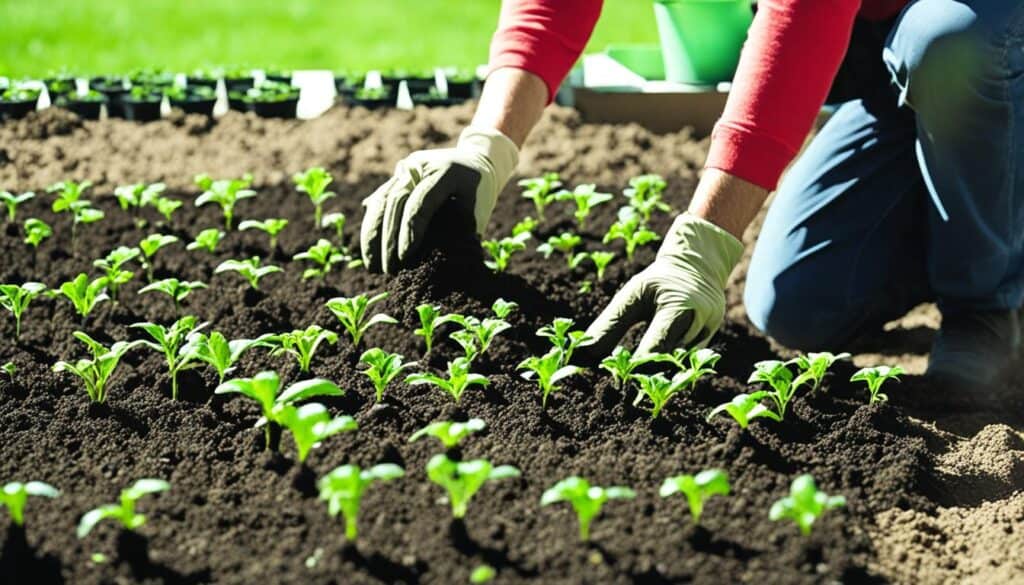



Leave a Reply